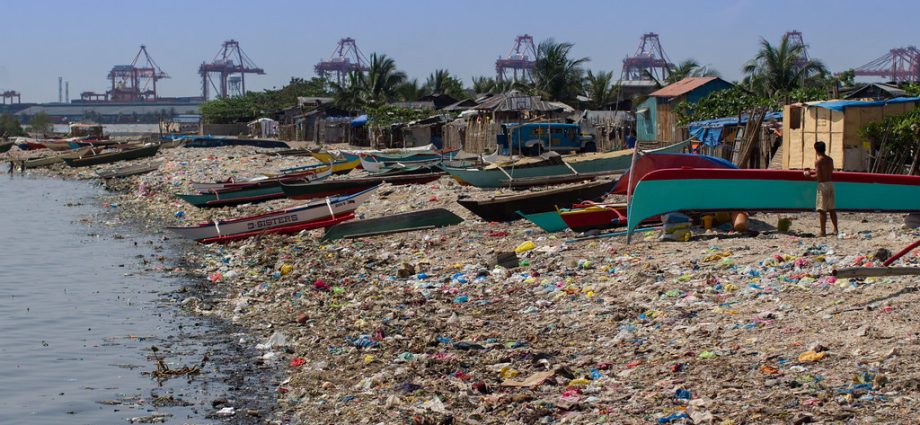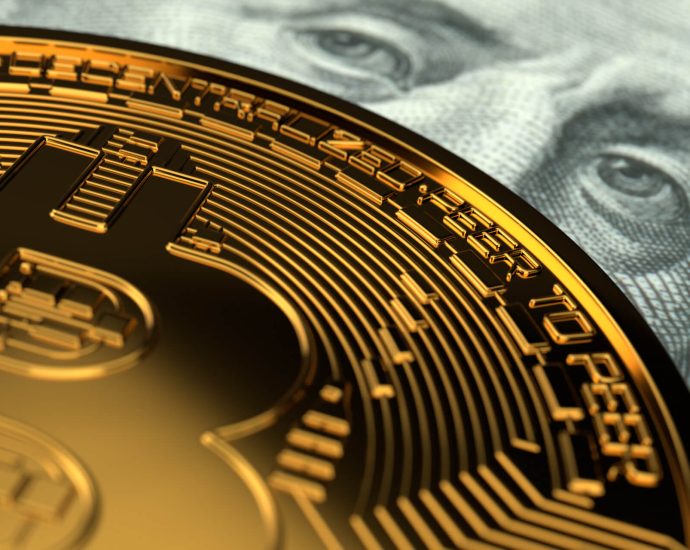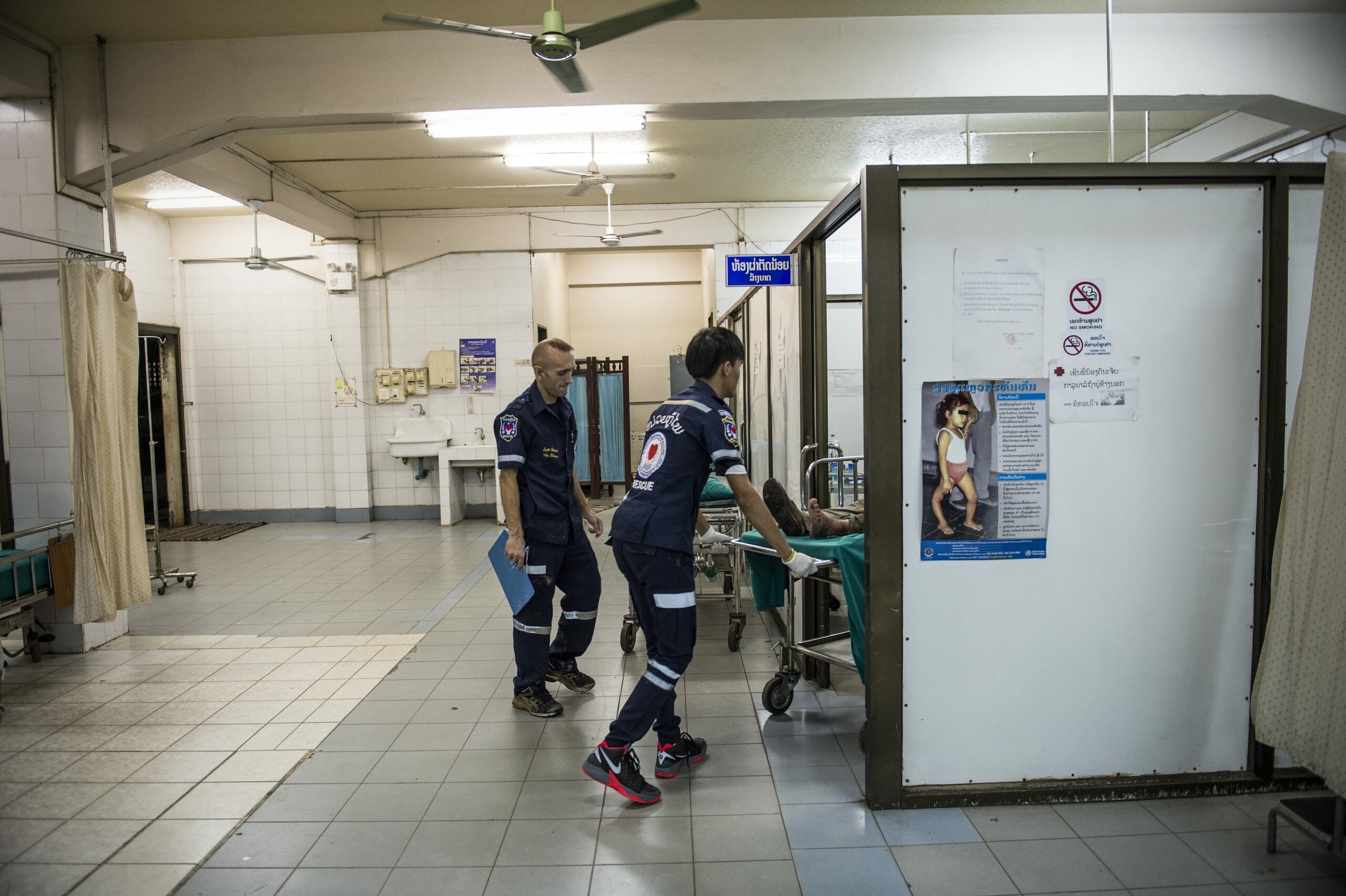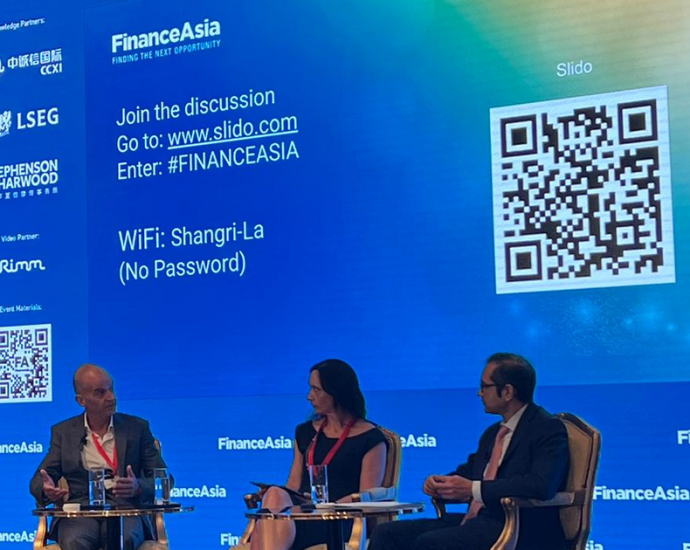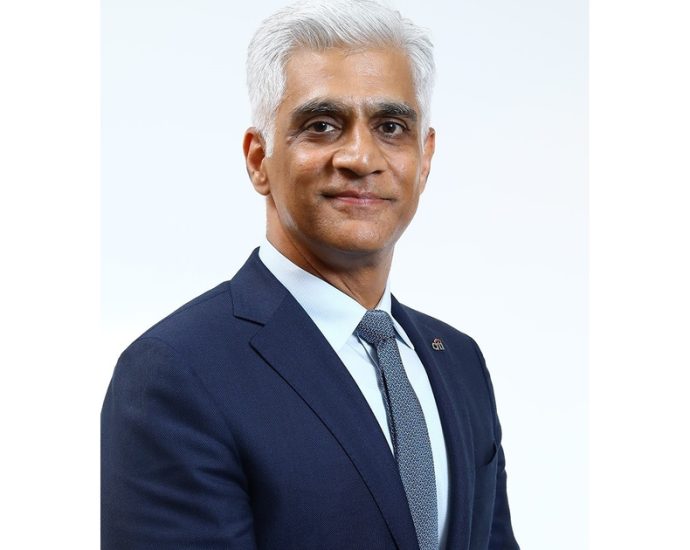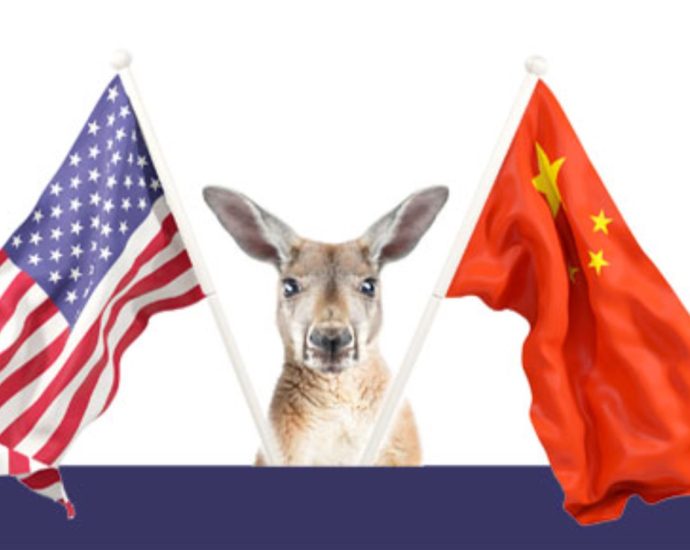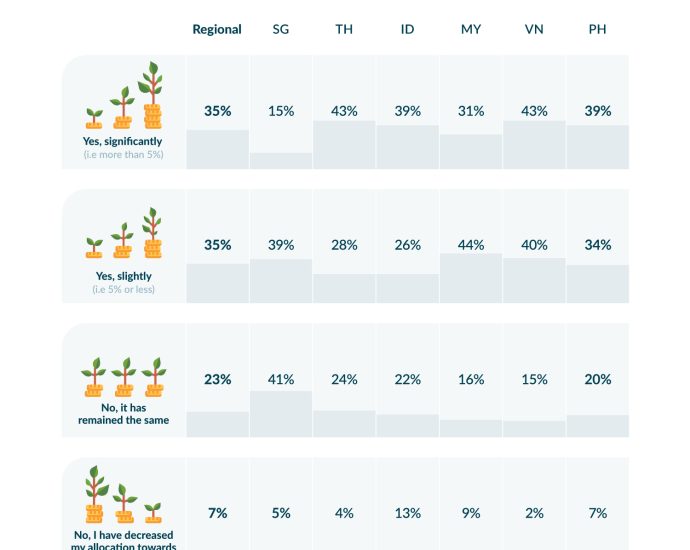What will it take for Timor-Leste to join ASEAN?
Since first declaring independence in 1975, accession to ASEAN has been one of Timor-Leste’s foremost foreign policy goals.
Finally, in December, the ASEAN chair announced the bloc’s decision to admit Timor-Leste “in principle”, granting the country observer status. This will allow Timor-Leste to participate in all ASEAN meetings and to familiarise itself with the bloc’s structure, its decision-making process and its internal regulations.
But some Timorese experts remain unconvinced that this milestone was a game changer. As the country’s petroleum fund is drying up, and with a lack of alternative economic resources, some argue the accession will only add financial pressure that could prevent the country from benefiting from the bloc’s multilateral trade agreements.
According to Fundasaun Mahein, a local security research institute, ASEAN membership could boost foreign investments into Timor-Leste while boosting human capital and employment.
Membership relies on the unanimous vote of the 10 current ASEAN members. Although Timor-Leste meets the accession criteria enshrined by Article 6 of the ASEAN charter, the economic unreadiness and the capacity of its bureaucracy of Timor might be a stumbling block to its full ASEAN membership. More economically developed bloc members such as Singapore seem especially to fear that Timor-Leste’s limited social and economic development may also hold back ASEAN’s global economic integration.
More questions remain regarding Timor-Leste’s role in the bloc, its benefits on a national level and the country’s ability to fully integrate into the regional market.
According to a commentary by Roberto Soares, a former secretary of state for ASEAN affairs of Timor-Leste, the Timorese government has repeatedly guaranteed the country would not be a burden for the bloc, reiterating that despite the small size of its economy, it is ready to join the regional market and to abide by the international trade system.
While Timor-Leste seems committed to bringing a positive change in ASEAN, a question remains on what the country would benefit from its membership in the bloc.
Timor’s development context
With a regional market worth $2.3 trillion and a population of 600 million people, ASEAN’s dynamism could offer significant economic opportunities for Timor-Leste.
The extent of this potential development largely depends on Timor’s domestic development policies and investments to capitalise on such opportunities.
It will be challenging for the country to find the right financial balance between domestic expenses and participation in the ASEAN market. Some of the extra costs Timor-Leste will have to cover as a bloc member include annual membership fees, expansion and maintenance of embassies across the region and beyond, the hosting of international events and travel expenses for diplomats attending hundreds of meetings abroad each year.
As Timor-Leste’s economy heavily depends on petroleum revenues, which account for approximately 86% of public expenditures, the country suffers an enormous trade deficit in its non-oil export market. The only visible alternatives to oil export are organic coffee production and the tourism industry.
The private sector is still in its infancy. Unclear rules and regulations and administrative hurdles dealing with business registration, unclear land ownership and weak access to finance are widely cited as the main impediments for private sector investment.
These have impacts on employment opportunities. According to the 2021 Labor Force Survey, very limited formal employment opportunities are available across the country. The labour participation rate is only 30% compared to the average 66% in Southeast Asia as a region, as recorded by the International Labour Organization.
The primary sources of employment in Timor-Leste remain agriculture subsistence and the informal sector. Formal employment is largely in the public sector and mostly concentrated in the capital Dili. These development challenges are widely discussed and acknowledged across the political spectrum in Timor-Leste and are cautiously considered by ASEAN members as risk factors for Timor’s viability to join the regional bloc.
The renowned ineffectiveness of public institutions in the country is often one of the main constraints to effective economic development. These are reflected in the limited efficiency of the justice system and public resource management, as well as the low quality of public services.
As a result, the country ranks the lowest on the Human Capital Index compared to other ASEAN members, according to a World Bank economic report from last year.
While Timor-Leste continues to be referred to as the most democratic country in Southeast Asia, there is a growing fear that the government is not providing any real solution to major domestic issues such as poverty, stunting, unemployment and poor services for health and education.
For now, oil money still seems to provide a comfortable position for political elites, which uses it to provide cash handouts or subsidies to the citizens – all of which are short-term solutions not contributing to the country’s social development.
These are the reasons why ASEAN members are still cautious about admitting Timor-Leste as the 11th member, fearing that would increase the financial burden on the association.
Addressing these problems
Despite these development challenges, ASEAN cannot simply ignore Timor’s presence in the region.
The real question now is how this first step into ASEAN will motivate Timor-Leste to move forward with new national economic reforms and push for effective and sustainable economic diversification.
ASEAN’s economic community vision can provide a platform for Timor-Leste to address the institutional hurdles affecting its long-term economic trajectory. This would include support to simplify the country’s administrative procedures and policies to align national legislation with regional standards.
Improving human capital is imperative if Timor-Leste intends to be competitive across Southeast Asia and beyond.
This step requires political commitment and leadership at the very top government levels. It is crucial for the political elites and society to change their action mechanisms. The government needs to ensure political stability and provide the citizens with a clear sense of direction in terms of national objectives. They also need to offer more realistic and pragmatic solutions, and society in general needs to hold political elites accountable based on promises and delivery.
Addressing these institutional weaknesses and administrative challenges is critical to the future role of Timor in Southeast Asia, especially to its chances to successfully become ASEAN’s 11th member.
Guteriano Neves is an independent policy analyst based in Dili, Timor-Leste, where he regularly writes and comments on the country’s economic development policies. He can be reached by email at [email protected]

